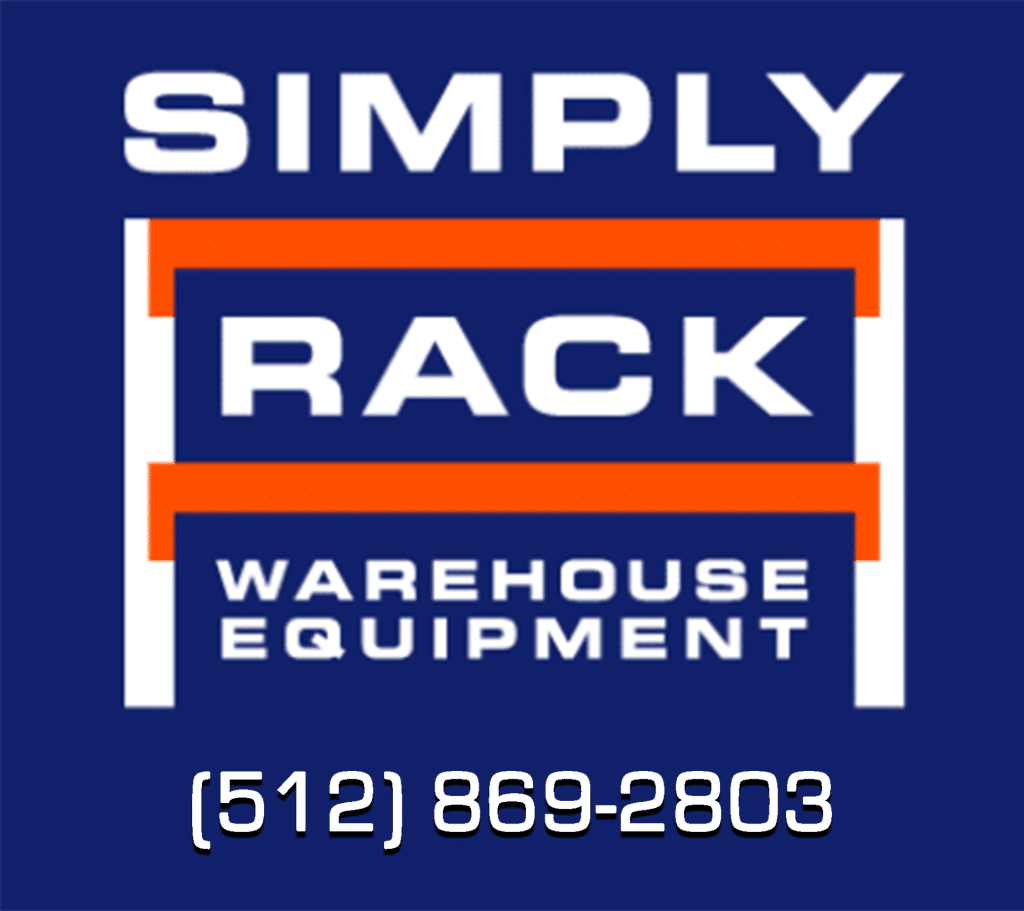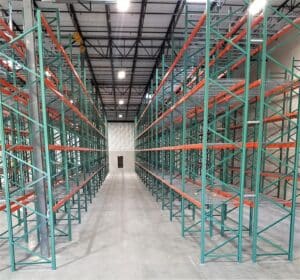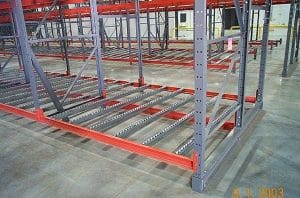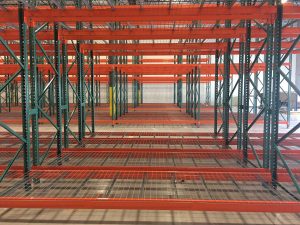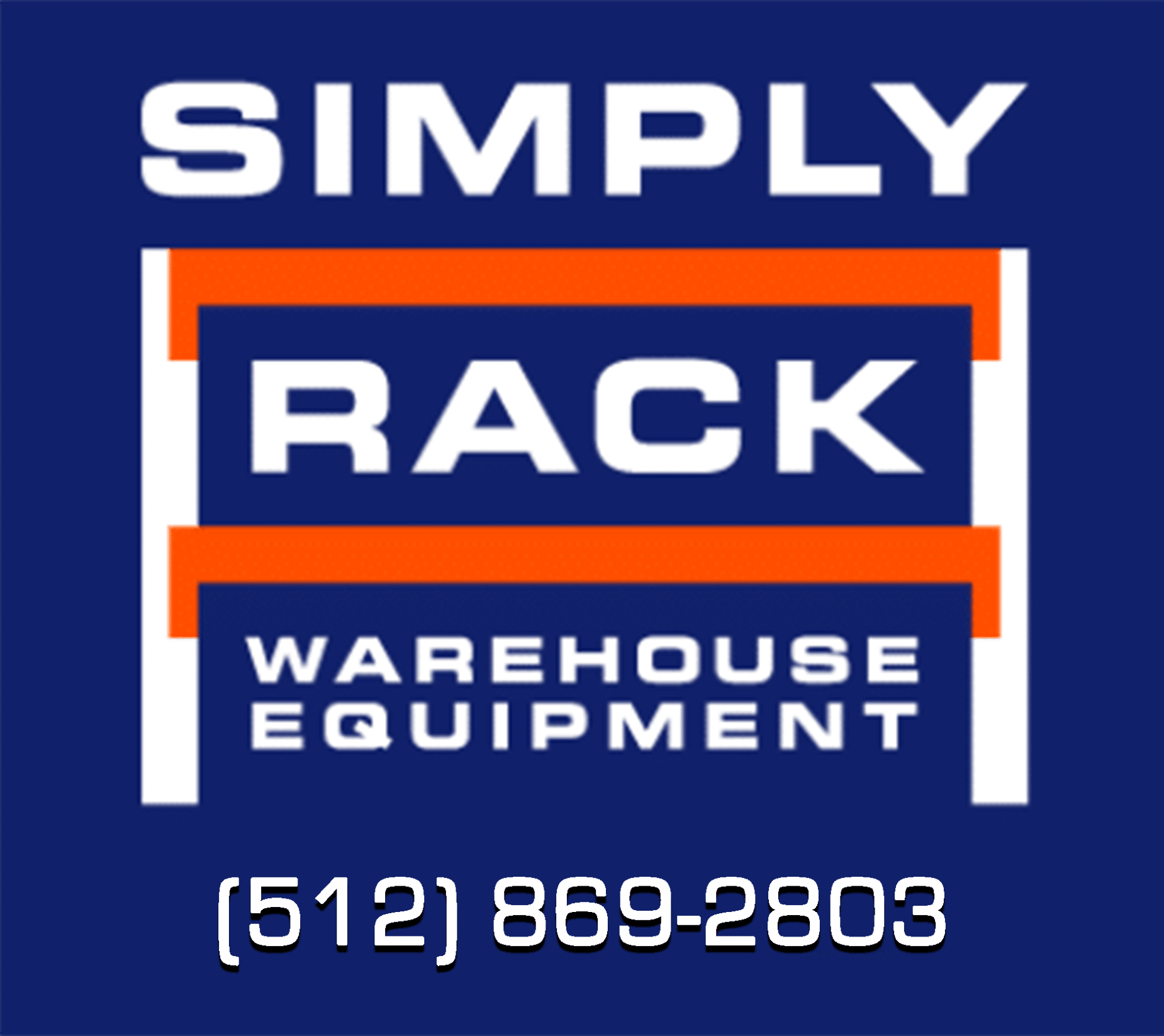What is RMI Certification?
Here at Simply Rack, we only sell new products that are RMI-certified. RMI stands for Rack Manufacturers Institute and they are the organization that provides this certification. But what does this certification mean, and why is it important?
RMI Certification Requirements
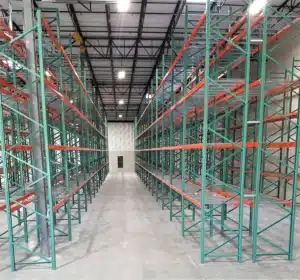
This voluntary certification is for storage rack manufacturers to showcase their capabilities to design, create, and install racks according to a set of requirements and standards. All of our new pallet racks adhere to these. Here are some of the long list of requirements:
- Critical components of their storage systems were tested for standards such as tensile strength.
- They have thorough documentation and control procedures.
- They have a Qualified Engineering Delegate on staff.
- They submit a design calculation package that is approved by an independent Professional Engineer.
- And more!
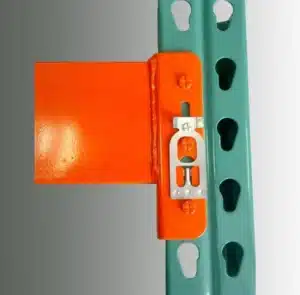
We only use new products that are RMI-certified so we can add an extra layer of confidence in our pallet racks. Our pallet racks are safe, structurally sound, and durable. This helps us ensure that our customers only receive the best products for the best prices.
If you are looking for new or used pallet racking, Simply Rack is here to help! Contact us today with any questions or to discuss your project!
